Educators implement effective planning, instruction, assessment and reporting practices to create respectful, inclusive environments for student learning and development.
EDUC 391 – Experiential Practicum
Grade 9 Science – Biology Unit- Modeling the Cell Cycle
When I came across the biology unit for Science 9 in my experiential practicum, I wanted to do something a little different to help students learn the large amount of terminology.
So, thinking about the universal design for learning, I wanted to plan an assignment or project had many entry points for students with diverse learning needs. The way that I went about making an accessible project was that I allowed for a lot of student choice.
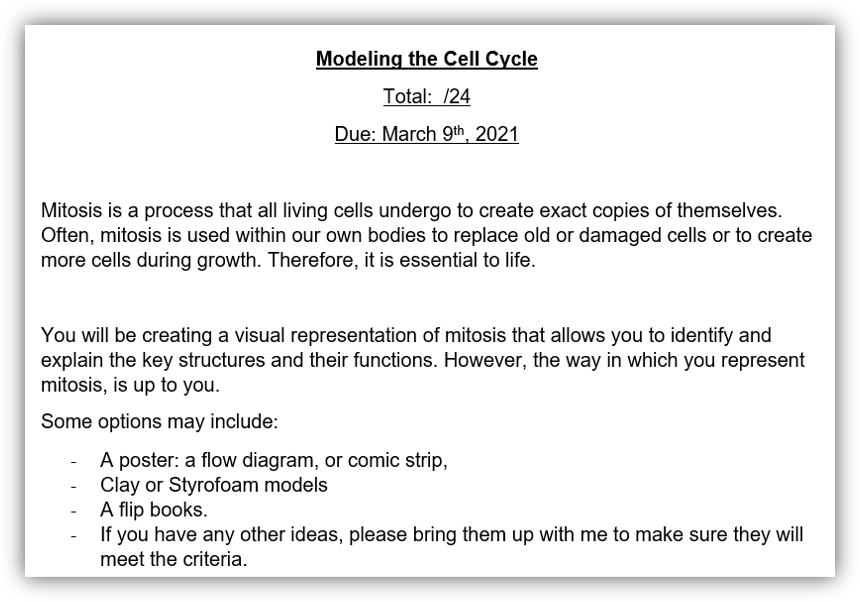
In the project, students were able to choose how they represented their learning. Therefore, there was room easier entry points which included solely do a poster where they copied out the steps, identified the key features and described them.
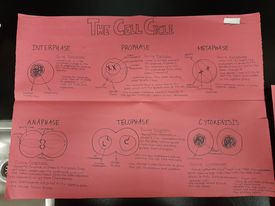
But there was also room for extension, and for students to use unique and diverse methods that appeal to their own learning style. For example, this project also had the option that allowed students to use a variety of manipulatives to represent each of the different structures. A couple student exemplars that are shown below used different color of modeling clay to represent the chromosomes and the nucleus throughout the different stages of the cell cycle. Another student took a different approach, and used pipe cleaners as chromosomes, beads as centromeres, and string as the spindle fibers.
Lastly, I had included an option to represent mitosis through story. Where I had a student create a manga comic describing the stages, and another used a museum tour guide as a voice to describe the stages, while the exhibits where the different stages.
Overall, I was trying to create an assessment as learning. I wanted the experience of making the project and adding the unique spin on each project as a way that students could identify with the terminology such that it would help them remember what it meant and how it worked. I think that the inclusion of choice, allowed students to demonstrate their learning in a manner that was meaningful for them. Additionally, I wanted all students to feel that they had a space and place in the learning.
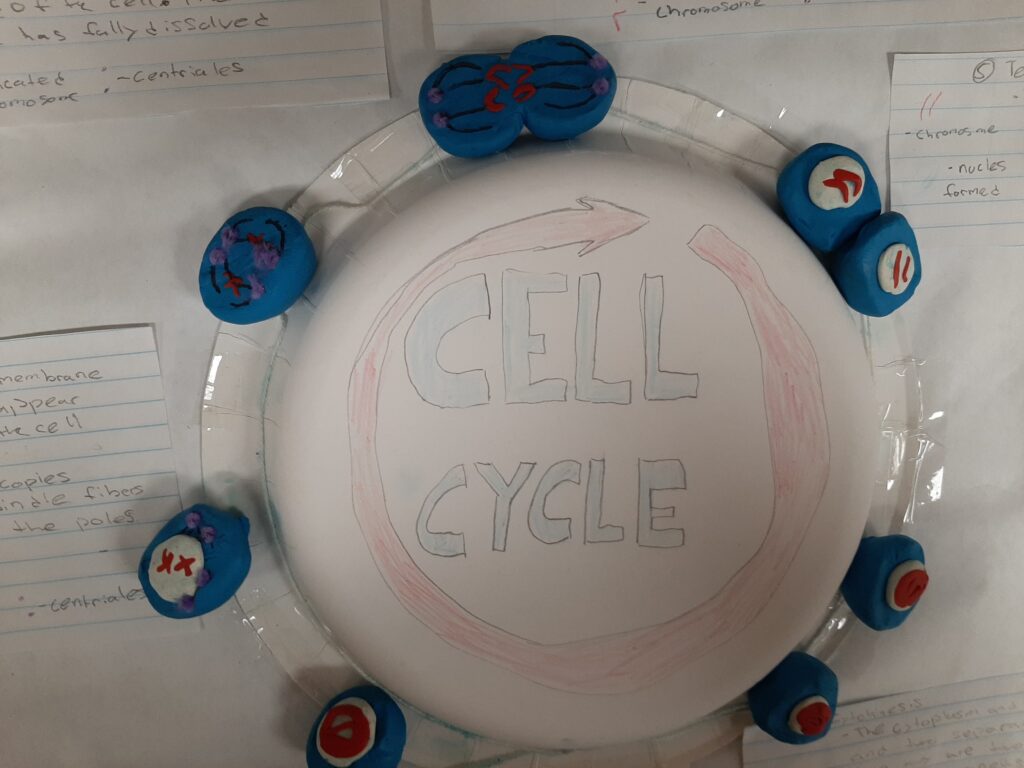
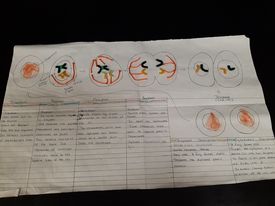
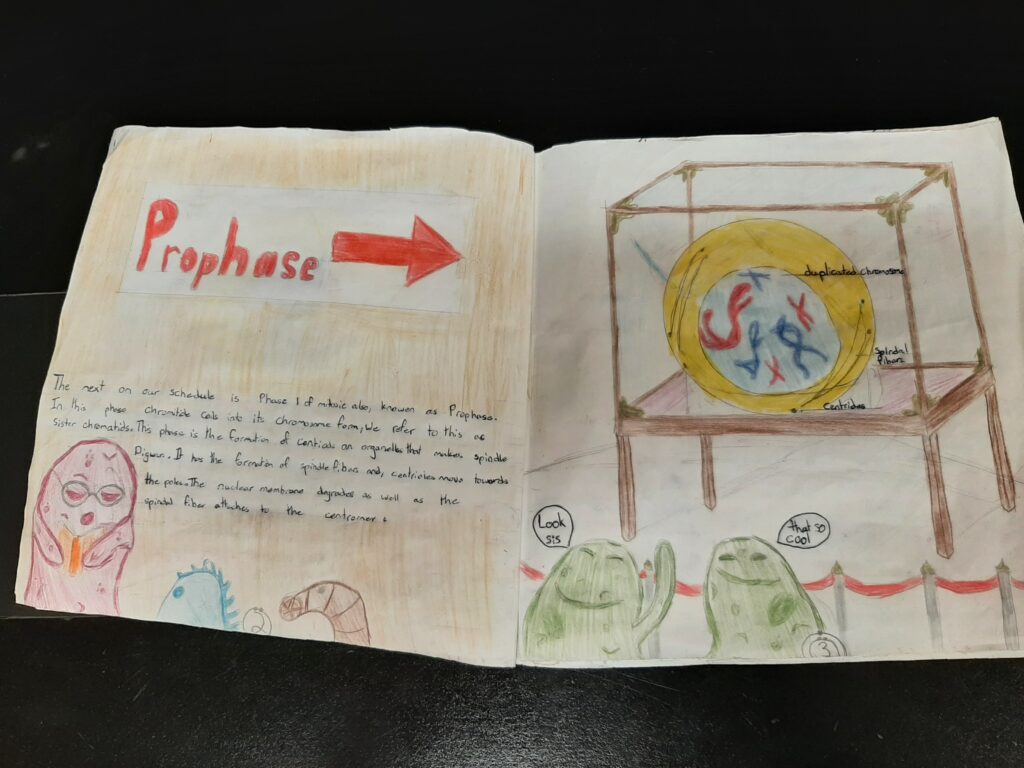
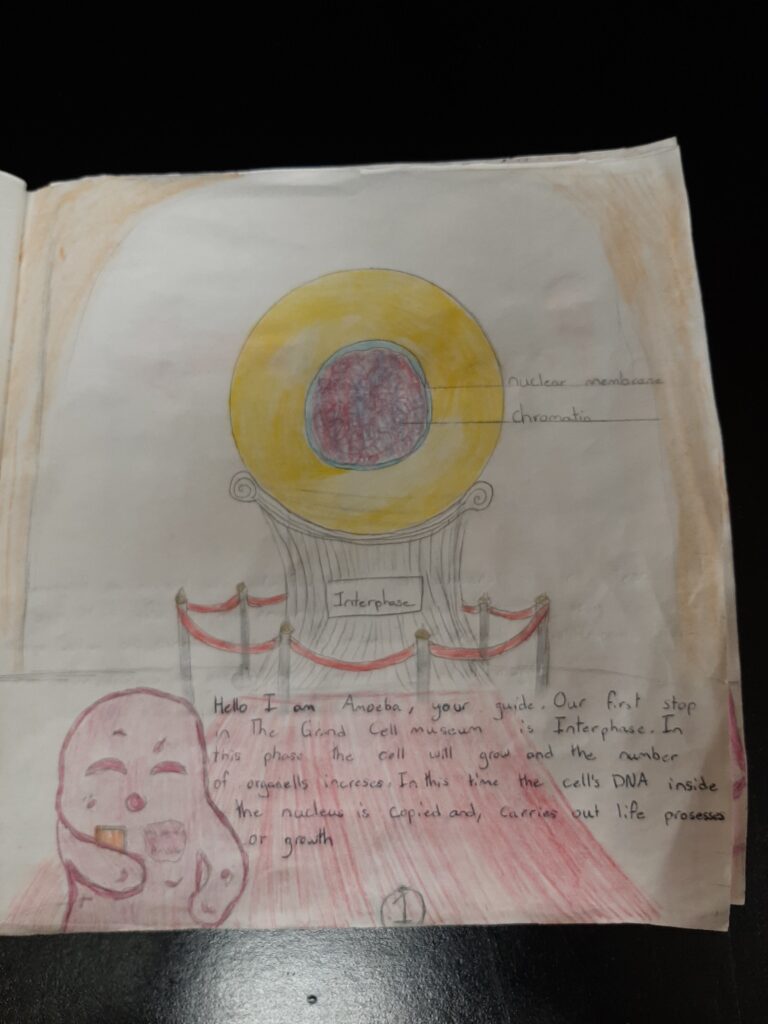
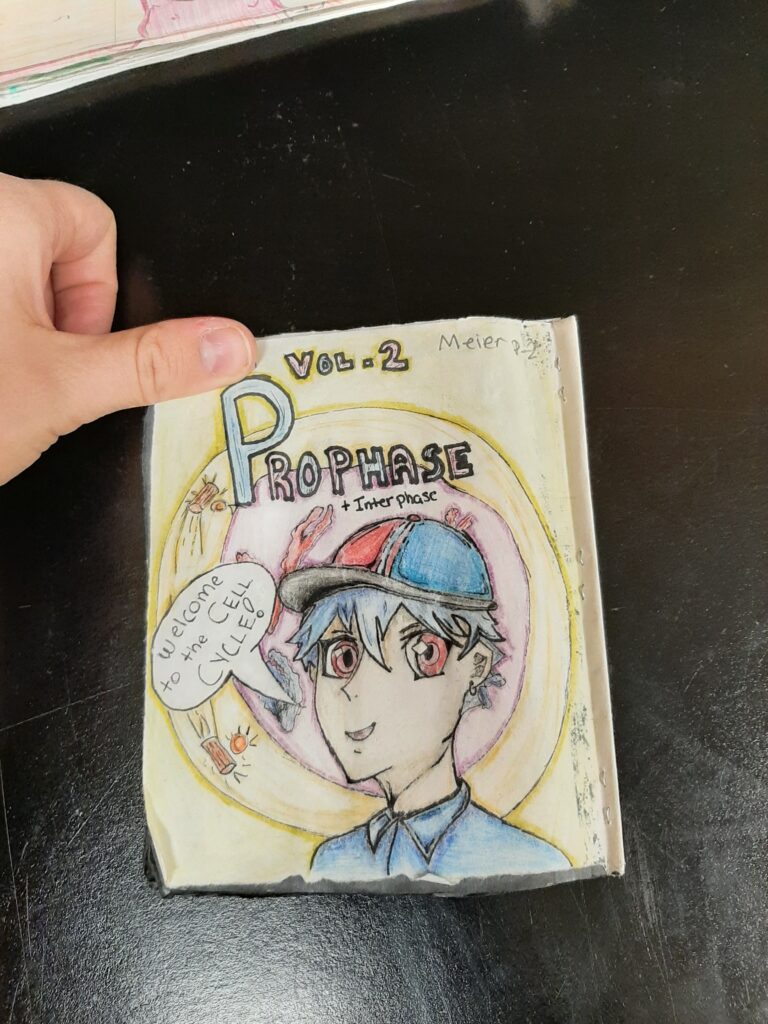
Leave a Reply